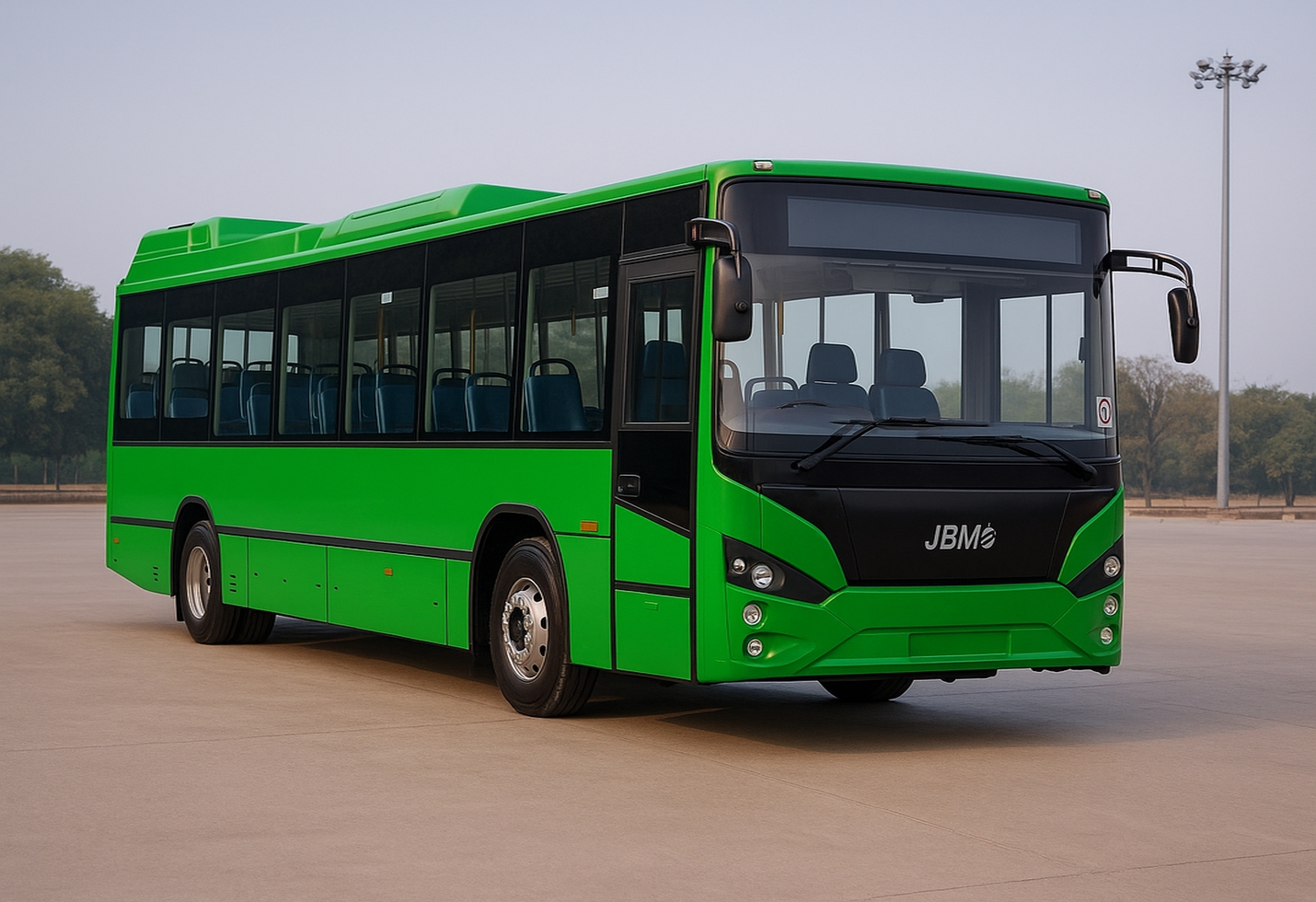Samvardhana Motherson’s Strategic Leap: Acquiring Yutaka Giken
Samvardhana Motherson International, a leading name in automotive component manufacturing, has taken a significant step towards expanding its international footprint. The group recently approved the acquisition of an 81% stake in Yutaka Giken, a Japanese manufacturer long associated with Honda Motor Co. This landmark deal, worth approximately ₹1,610 crore.
A New Era for Motherson and Honda Collaboration
On August 29, 2025, the SAMIL board approved the acquisition, which will be carried out through its wholly owned subsidiary, Motherson Global Investments BV. This transaction will see Honda’s share in Yutaka Giken decrease from nearly 70% to a strategic 19%, marking a shift in the partnership model within the highly competitive automotive supplier ecosystem.
This move doesn’t just signify a transfer of ownership. It deepens the collaborative spirit between Honda and Samvardhana Motherson. With a substantial stake in Yutaka Giken, Motherson is well placed to tap into Honda’s global network and broaden its presence with other leading Japanese automakers. The partnership paves the way for mutual growth, tapping into advanced technologies and operational excellence.
Behind the Deal: Rationale and Implications
Yutaka Giken, a Japan-based company listed on the Tokyo Stock Exchange, is a well-known manufacturer of critical automotive components such as rotors, stator assemblies, drive systems, and brake systems. The company operates 13 manufacturing sites and a dedicated R&D center spread across nine countries—including Japan, India, China, the U.S., and Brazil—ensuring a strong manufacturing and innovation base.
Samvardhana Motherson’s ambition held several dimensions:
• Strengthening Global Partnerships: The acquisition is a strategic move to enhance business interactions with Japanese OEMs, while Honda benefits from a more flexible, leaner operational model post-partnership.
• Expanding Product Reach: Owning Yutaka Giken’s portfolio enables Motherson to introduce these advanced products to diverse automaker clients, especially in emerging markets, thus boosting cross-selling opportunities.
• Enriching Manufacturing Capabilities: Access to Yutaka Giken’s plants and R&D will foster technology sharing and innovation, crucial for adapting to worldwide industry shifts.
• Financial Health: Yutaka Giken’s debt-free status gives Motherson not only strategic leverage but also greater financial flexibility.
Additionally, SAMIL will acquire an 11% stake in Shinnichi Kogyo, another subsidiary under the Yutaka umbrella, and will take full control of Yutaka Autoparts India. Together, the combined operations promise a significant elevation in Motherson’s standing within the supply chain across Asia and beyond.
Regulatory Roadmap and Market Response
While the deal has generated buzz across financial and automotive circles, it is contingent upon regulatory approvals from authorities spanning Japan, the United States, China, Brazil, and Mexico. Subject to these clearances, the closing is anticipated by the first quarter of FY26-27.
After the announcement, Samvardhana Motherson’s stock traded steady at ₹92.09, reflecting the market’s cautious optimism.
The stock, however, has seen downward movement over the past month—an indication of market volatility typical during major transitions. Investors appear to be weighing the long-term value creation potential against short-term concerns.
Strategic Impact on the Automotive Landscape
The acquisition comes at a time of intense change in the automotive industry, with suppliers seeking greater scale, technical know-how, and market access. Motherson’s decisive acquisition places it among leading global suppliers better equipped to serve not only Honda but a spectrum of OEMs in emerging and established markets.
For Honda, the shift to a minority holding permits focus on core operational strengths and innovation, trusting Motherson’s management to deliver continued excellence in production.
Conclusion
Samvardhana Motherson’s acquisition of Yutaka Giken marks a pivotal moment for both companies and the wider automotive supply chain. By expanding its reach and deepening partnerships with Honda and Japanese OEMs, Motherson is poised to set new benchmarks for innovation, efficiency, and global integration. The deal, although pending regulatory review, signals a forward-looking strategy that may redefine the group’s trajectory and inspire similar moves across the industry.
The image added is for representation purposes only










